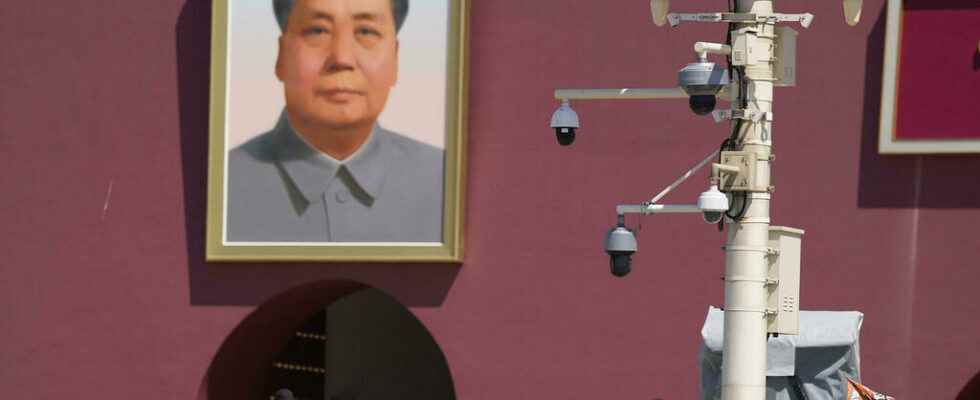Facial recognition cameras and cell phone tracking to monitor journalists and foreign students in China. The system commissioned by the central province of Henan, according to Reuters, is the first known example of the establishment of a personalized technological tool for repression of the media.
With our correspondent in Beijing, Stephane Lagarde
Here is a document which proves what many already suspected: the use of new technologies in the surveillance of predefined targets by the Chinese authorities, in this case journalists and international students.
These 200 pages of the Henan government tender, consulted by Reuters, contain a lot of information. The system allows individual files to be compiled. It uses 3,000 facial recognition cameras connected to national and regional databases; cameras capable of identifying an individual wearing a mask or glasses and whose images are used by no less than 2,000 officers.
The purchase of a train ticket, the check-in at the hotel, triggered the alert to various security forces ready to take action.
Journalists under surveillance
Ironically, this call for tenders for an amount of nearly 700,000 euros and awarded on September 17 to the Chinese company Neusoft, was awarded on July 29, after the local authorities lost track of the reporters and control of the narrative.
The floods in Henan which led to the arrival of the media had then caused power cuts and WiFi failures for several days, which blinded the cameras. And when the network returned, journalists from the BBC, Deutsche Welle, Los Angeles Times, Agence France-Presse and others have been the target of a nationalist campaign on the Sina Weibo platform, such as reported it the Foreign Correspondents’ Club in China.
The call for tenders indicates that journalists are classified into three categories: red, orange and green, depending on the risks perceived by the authorities.
Big data watches over the Chinese
The use of new technologies to streamline the state surveillance tool is not new, but this is the first time according to Reuters that a document has provided proof.
This surveillance of the Chinese via “big data” is out of the shadows with the Covid-19 pandemic. By the winter of 2020, artificial intelligence companies and surveillance professionals had boasted of being able to scan the streets for people with even a mild fever and report them to the authorities.
